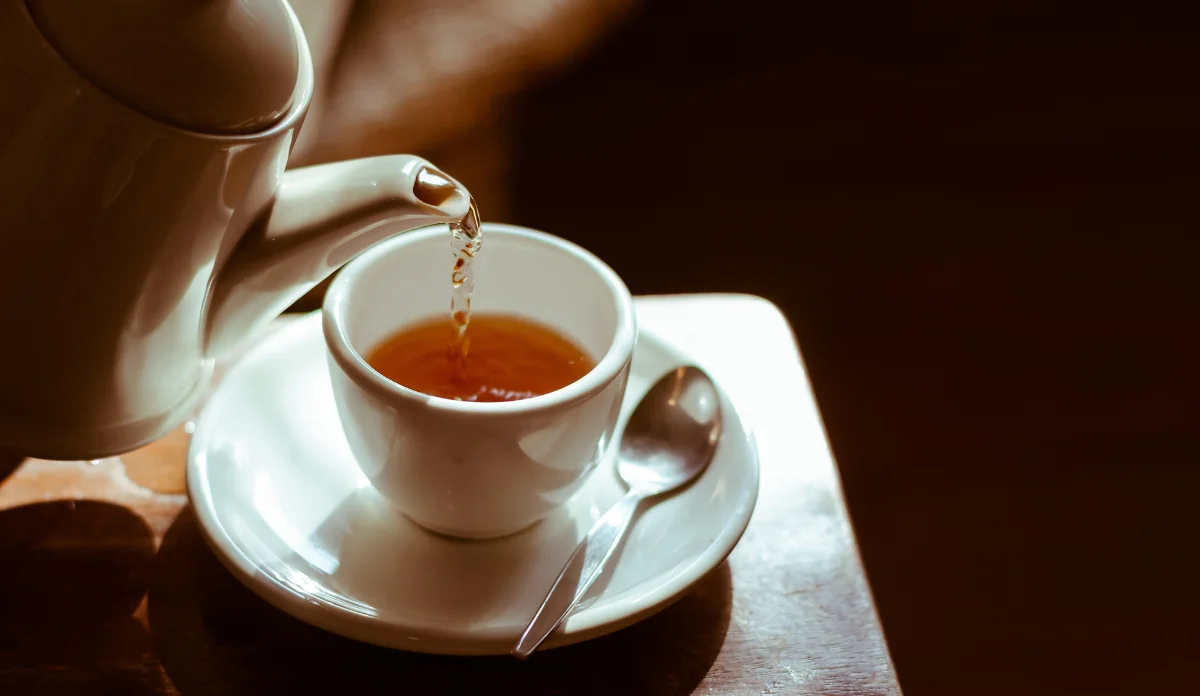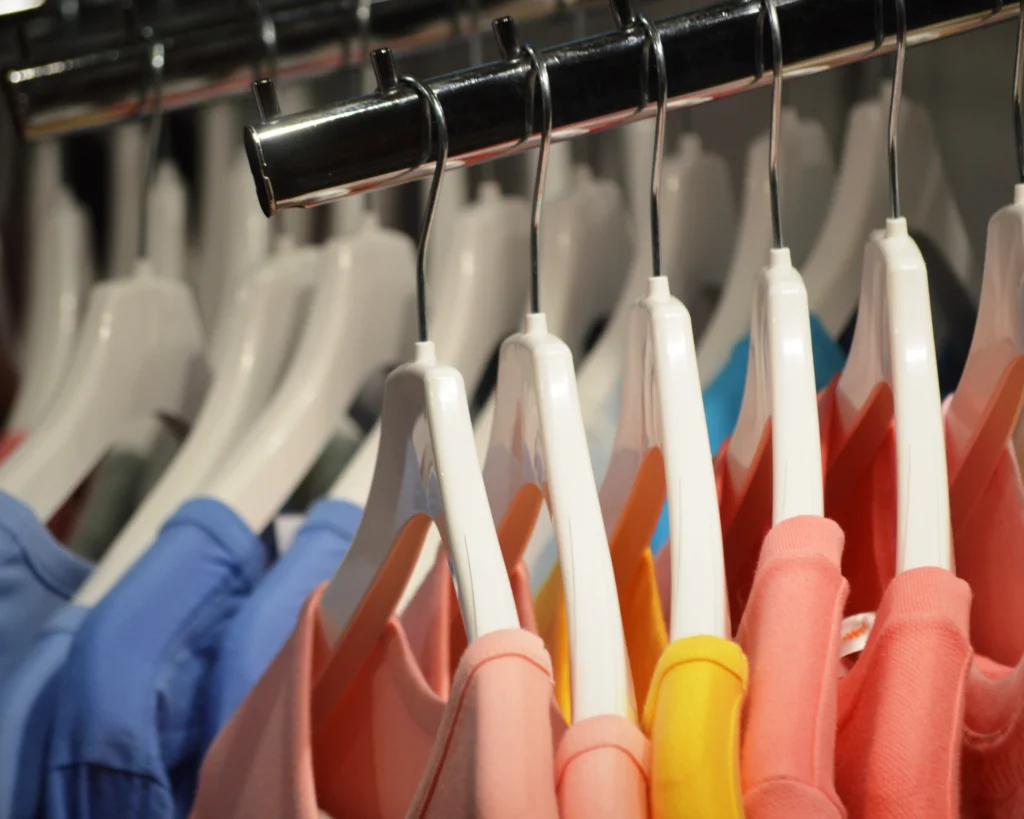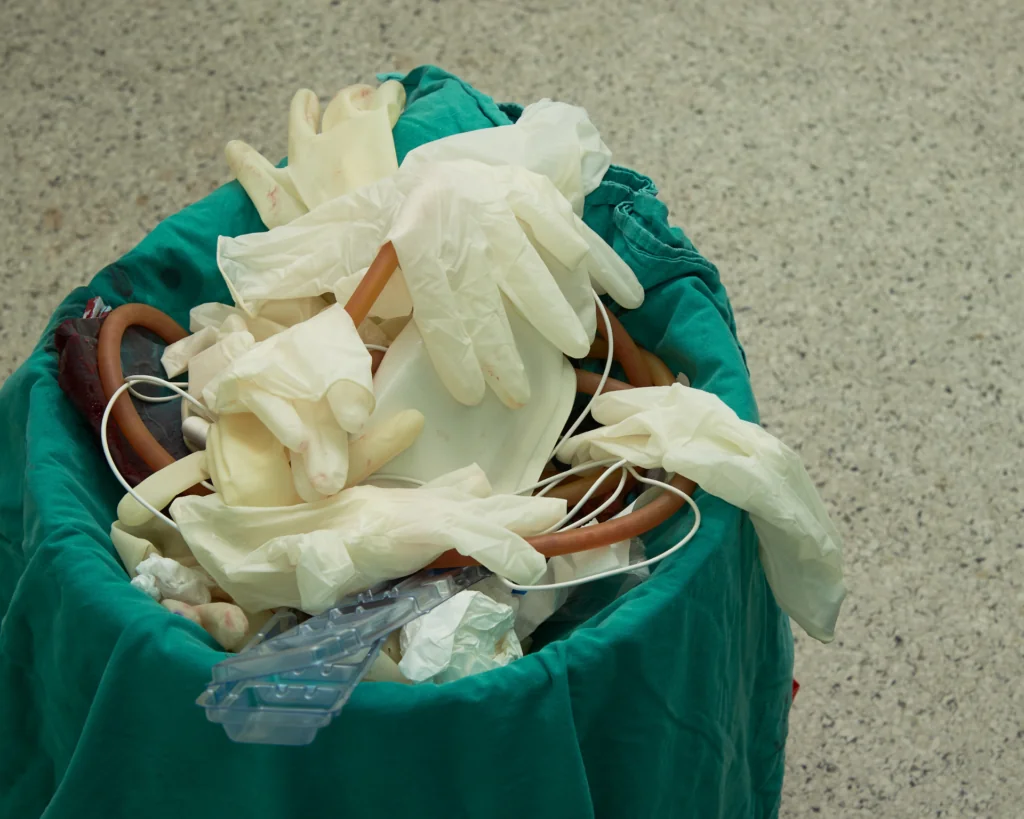Tea Time
For many, drinking tea is a sworn-by wellness method, but the realities of tea may have a darker side, with little transparency about sourcing and a shortage of reliable information about what is actually in your cup.

Read Time: 3 minutes
Published:
Nothing beats a cozy cup of tea on a chilly afternoon. Tea is one of the top five most-consumed beverages in the United States. In some cultures, tea is celebrated for its role in social gatherings and wellness promotion. For many, drinking tea provides relaxation, warmth, comfort, and perhaps, health. White, green, and black teas—all derived from the Camellia sinensis plant—have been linked to a range of health advantages, including anticancer, antiviral, antiparasitic, gastrointestinal, and anti-inflammatory properties.
Numerous studies support the positive effects of tea consumption. For instance, Dana Hazimeh and colleagues recently investigated the effect of green tea to treat non-cancerous gynecological disorders. The high concentrations of antioxidants may help alleviate menopausal symptoms, fibroid-related ailments, and polycystic ovary syndrome. Numerous other studies have reinforced the positive perception of tea and its contributions to health.
But tea drinking also has a darker side. Tooba Ali and colleagues examined the presence of various harmful substances such as heavy metals and plastic particles in tea bags. These substances are released from the bags when steeped in heated water. Materials like nylon can release billions of microplastic particles into a single cup of tea.
When confronted with this information, a tea drinker might assume that switching to loose leaf tea is a simple solution. However, the reality is more complex. Chenglin Hu and colleagues delved into the risks of heavy metal contamination in tea leaves in regions of China where fertilizers and environmental pollution elevate arsenic levels. Some tea samples tested by these researchers exceeded safe levels of metal contamination. Carcinogenic risks loom at every stage of growth, processing, packaging, and shipping because of external contamination.
As we enjoy our cups of tea, it’s important to remember that selecting our brew is more than just a matter of taste—it involves understanding what we’re sipping and choosing options that truly fit our wellness preferences.
Tea is grown and processed in many countries—including India, China, Sri Lanka, and Kenya—with a variety of soil contamination, pesticide use, production practices, and levels of regulation, complicating consumers’ understanding of its contents. Tea, as with many products, is in large part a product of its environment. Given these complexities, the decision of which tea to purchase necessitates careful consideration of its sourcing and potential risks.
Today there is an expanding array of derivative tea-related products, including bubble tea, tea extracts, kombucha, and green tea energy beverages. These products further obscure individuals’ understanding of their tea’s true origins.
Navigating between the many tea brands, tea types, and tea products can be tricky. The Food and Drug Administration has recently begun cracking down on misleading labeling on tea-related products. However, there is still a shortage of reliable information about what’s actually in your cup. Are the potential contaminants outweighing the benefits? It’s a bit of a puzzle, but researchers suggest that a good way to begin is by selecting teas with transparent sourcing. As we enjoy our cups of tea, it’s important to remember that selecting our brew is more than just a matter of taste—it involves understanding what we’re sipping and choosing options that truly fit our wellness preferences.
Photo via Getty Images



